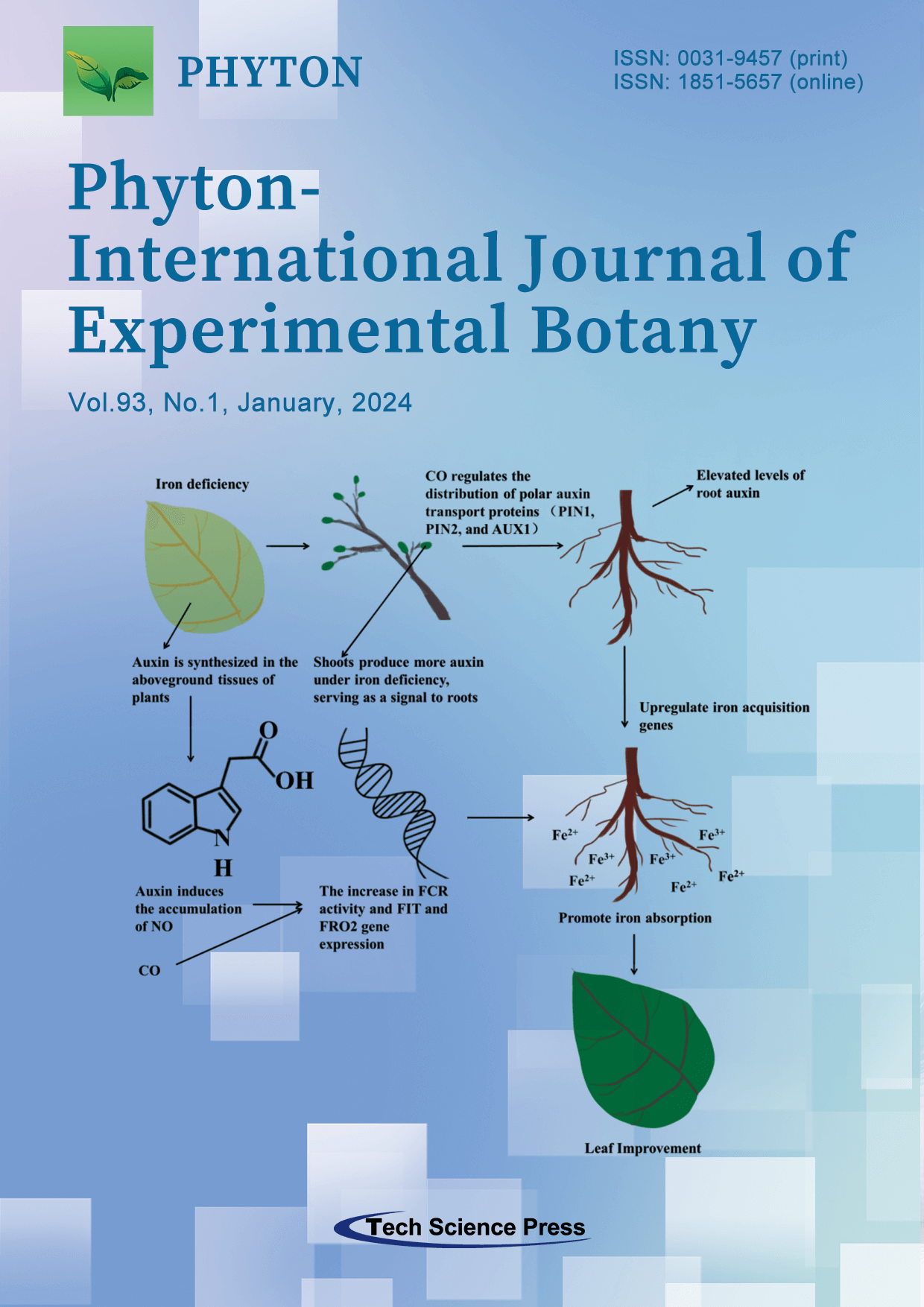Silicon Mitigates Aluminum Toxicity of Tartary Buckwheat by Regulating Antioxidant Systems
Anyin Qi1,#, Xiaonan Yan1,#, Yuqing Liu1,#, Qingchen Zeng1, Hang Yuan1, Huange Huang1, Chenggang Liang2, Dabing Xiang1, Liang Zou1, Lianxin Peng1, Gang Zhao1, Jingwei Huang1,*, Yan Wan1,*
Phyton-International Journal of Experimental Botany, Vol.93, No.1, pp. 1-13, 2024, DOI:10.32604/phyton.2023.045802
- 26 January 2024
(This article belongs to the Special Issue: Abiotic and Biotic Stress Tolerance in Crop)
Abstract
Aluminum (Al) toxicity is a considerable factor limiting crop yield and biomass in acidic soil. Tartary buckwheat growing in acidic soil may suffer from Al poisoning. Here, we investigated the influence of Al stress on the growth of tartary buckwheat seedling roots, and the alleviation of Al stress by silicon (Si), as has been demonstrated in many crops. Under Al stress, root growth (total root length, primary root length, root tips, root surface area, and root volume) was significantly inhibited, and Al and malondialdehyde (MDA) accumulated in the root tips. At the same time, catalase (CAT)
…
More >
